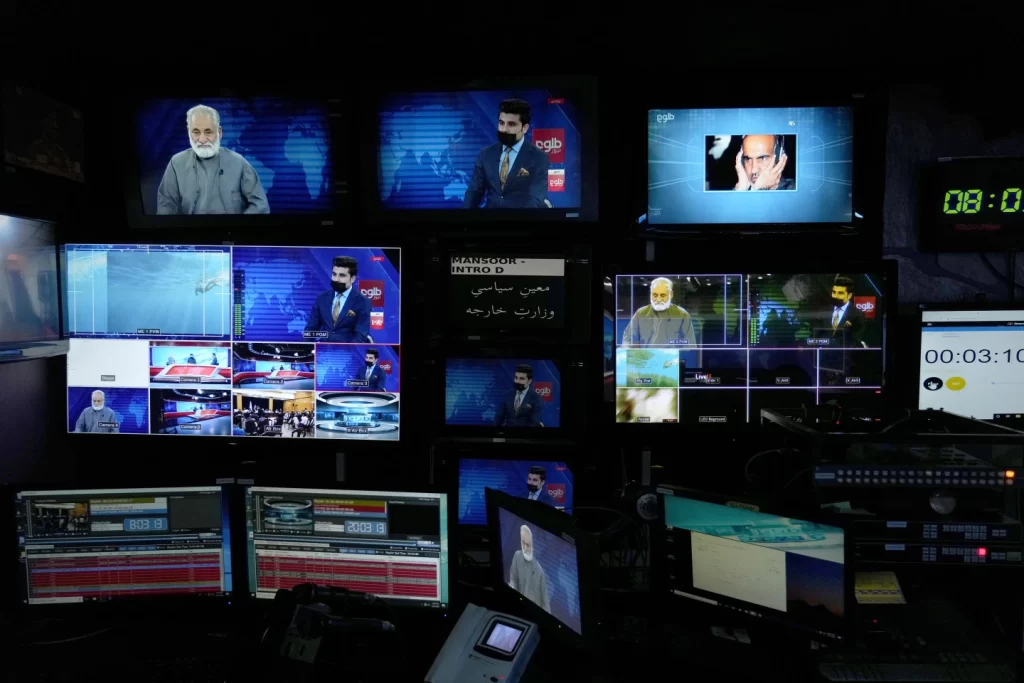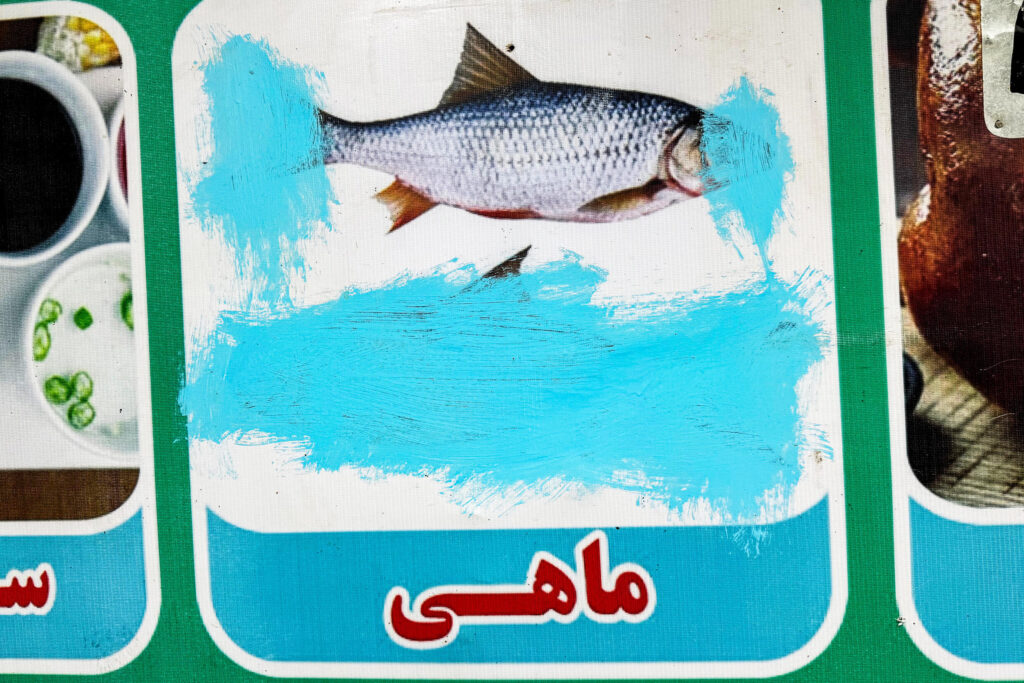Helmand province officials announced Thursday a comprehensive ban on images of all living things, marking a significant expansion of Taliban media restrictions and reflecting the regime’s strict interpretation of Islamic law.

The Information Ministry’s decree requires immediate cessation of all photography and filming of humans and animals, though officials provided no specific details about enforcement mechanisms or potential exemptions. The move implements Article 17 of the Taliban’s August morality laws, which prohibits publication of images of living beings.
The restriction has already gained traction across Afghanistan, with Taliban-run media in Takhar, Maidan Wardak, and Kandahar provinces having ceased showing such images last week. Several private channels have reportedly followed suit to ensure compliance with the regulations.

The measure represents an unprecedented level of media control even among Muslim-majority nations, with neither Iran nor Saudi Arabia imposing similar restrictions. The policy echoes the Taliban’s previous rule in the late 1990s, when they banned most forms of media entirely.
In a parallel development Thursday, the Information Ministry announced the removal of 400 books deemed contradictory to “Islamic and Afghan values.” Ministry spokesman Khubaib Ghofran stated on social platform X that authorities would replace the banned texts with religious materials, including the Quran.

“Any book written according to the nefarious plans of enemies in order to destroy the thought, faith, unity and culture of this nation will be collected by the Ministry of Information and Culture,” Ghofran wrote.
The expanded restrictions follow August’s comprehensive Vice and Virtue Ministry regulations governing various aspects of daily life, including public transportation, personal grooming, celebrations, and media consumption, all based on the Taliban’s interpretation of Sharia law.
an Associated Press story



